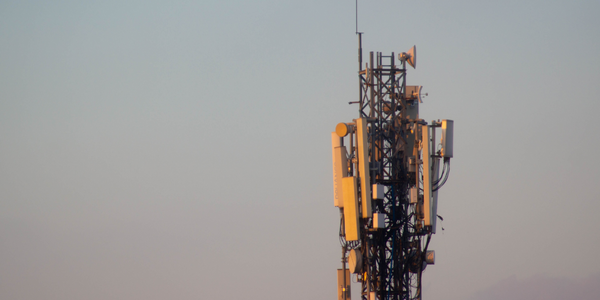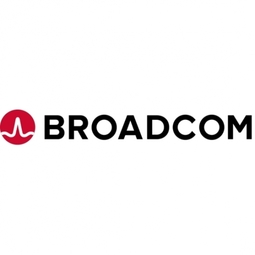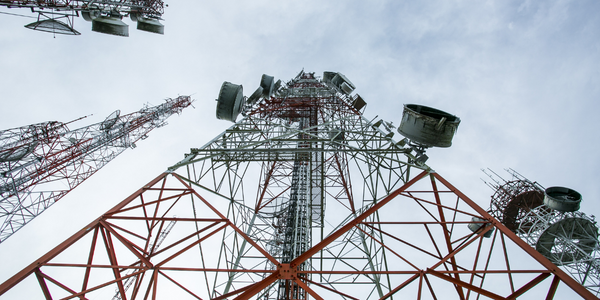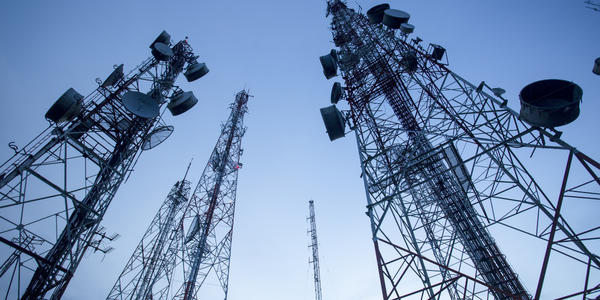Customer Company Size
Large Corporate
Region
- America
Country
- United States
Product
- Brocade DCX 8510 Backbones
- Brocade Fabric Vision
- Brocade vRouter
Tech Stack
- Fibre Channel technology
- Gen 5 Fibre Channel technology
Implementation Scale
- Enterprise-wide Deployment
Impact Metrics
- Cost Savings
- Customer Satisfaction
- Productivity Improvements
Technology Category
- Infrastructure as a Service (IaaS) - Cloud Computing
- Infrastructure as a Service (IaaS) - Cloud Storage Services
Applicable Industries
- Telecommunications
Applicable Functions
- Discrete Manufacturing
- Logistics & Transportation
Use Cases
- Fleet Management
- Predictive Maintenance
- Real-Time Location System (RTLS)
Services
- Cloud Planning, Design & Implementation Services
- System Integration
About The Customer
Rackspace is the leading managed-cloud company and the founder of OpenStack, the open-source operating system for the cloud. The company, headquartered in San Antonio, Texas, serves more than 300,000 business customers from data centers on four continents and is known globally for its Fanatical Support®. Rackspace’s philosophy is that one size does not fit all, and it gives each customer the best fit for its unique needs. As a result, the company owns and manages some of the world’s highest-demand and most intensive data center and SAN environments. Rackspace data centers must handle high data volumes with high performance and zero downtime—as efficiently and cost-effectively as possible. Rackspace relies on Brocade® Fibre Channel technology as the core of its storage connectivity solutions.
The Challenge
Rackspace, a leading managed-cloud company, was facing the challenge of upgrading its SAN infrastructure to better utilize physical facilities, keep pace with growing customer demand, and minimize data center and management complexity. The company's data centers had to handle high data volumes with high performance and zero downtime, as efficiently and cost-effectively as possible. However, the existing architecture required servers and storage to be located in the same area of a data center, leading to unbalanced growth and islands of unused storage and SAN ports. Rackspace wanted to simplify the architecture so that switches, hosts, or storage platforms could be plugged in anywhere, regardless of their physical locations. At the same time, this new architecture had to be able to scale virtual workloads quickly.
The Solution
Rackspace deployed Brocade DCX 8510 Backbones with Gen 5 Fibre Channel technology across its global data center network. The Brocade DCX 8510 Backbone is designed to enable a simplified, scale-out network design. With Brocade UltraScale chassis connectivity, 32 64-Gbps optical Fibre Channel cables provide up to 2.1 Tbps connectivity between each Brocade 8510 Backbone director. Rackspace connects multiple Brocade DCX 8510 Backbones using optical Inter-Chassis Links (ICLs) over distances up to 100 meters. The use of ICLs offers a flatter, faster, and simpler fabric. UltraScale ICLs enable scalable core-edge and active-active mesh chassis topologies that reduce inter-switch cabling by 75 percent. At the same time, UltraScale ICLs free up to 33 percent of ports for server and storage by eliminating the need for Inter-Switch Links (ISLs). UltraScale ICLs help maximize port utilization and greatly simplify deployment, fulfilling Rackspace’s need for “plug-anywhere” capabilities. Now Rackspace has exceptionally fast and reliable connectivity between each switch, while maximizing port density in the lowest amount of rack space possible.
Operational Impact
Quantitative Benefit

Case Study missing?
Start adding your own!
Register with your work email and create a new case study profile for your business.
Related Case Studies.

Case Study
Vodafone Hosted On AWS
Vodafone found that traffic for the applications peak during the four-month period when the international cricket season is at its height in Australia. During the 2011/2012 cricket season, 700,000 consumers downloaded the Cricket Live Australia application. Vodafone needed to be able to meet customer demand, but didn’t want to invest in additional resources that would be underutilized during cricket’s off-season.

Case Study
SKT, Construction of Smart Office Environment
SK T-Tower is the headquarters of SK Telecom. Inside the building, different types of mobile devices, such as laptops, smartphones and tablets, are in use, and with the increase in WLAN traffic and the use of quality multimedia data, the volume of wireless data sees an explosive growth. Users want limitless Internet access in various places in addition to designated areas.











